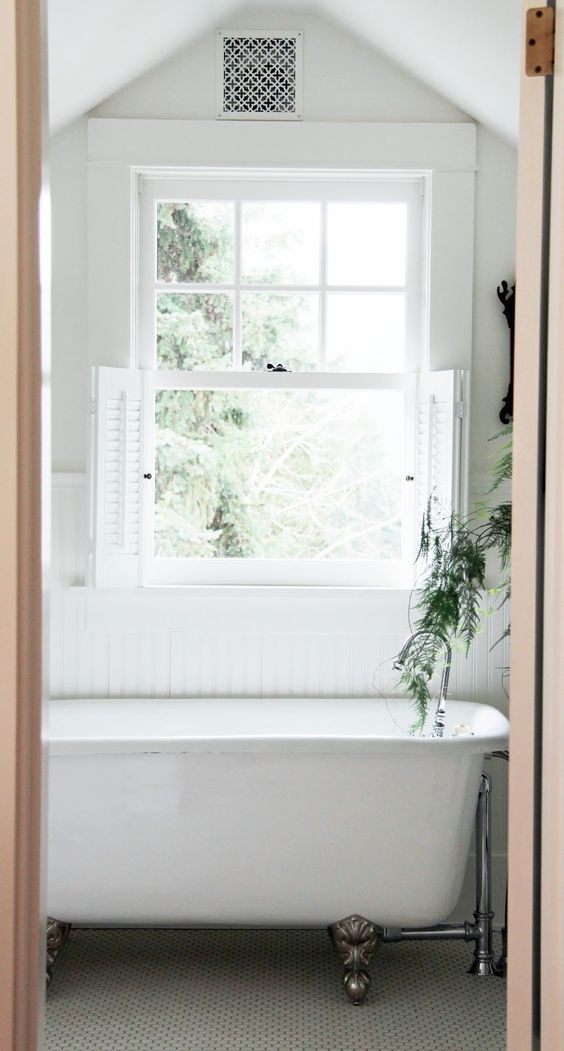6 Efficient Ways to Stop Losing Heat in Your Home
Whether you’re a new homeowner or an experienced do-it-yourself guru, heat loss is a commonly overlooked issue you should know about that could be costing you unnecessary expenses on your heating bill. Heat loss refers to heat escaping from inside the home to the outside, typically through the roof, windows, doors, and floors. This article will help identify six common issues in your home that could be causing you to waste heat and how you can correct them. Doing so can help significantly reduce heat loss, making your home more energy-efficient and resulting in lower heating costs.
1. Roof
One of the biggest culprits for heat loss is the roof. An effective way to prevent this is through proper insulation. If your home does not already have the roof or loft insulation, having insulation installed can significantly decrease heat loss by reducing the amount of upward air movement, forcing heat to stay trapped inside.
2. Windows
Small cracks or gaps around windows and frames can allow heat to escape. Try using draught excluder strips for an inexpensive, simple DIY remedy. Using sealant and putty is another option for plugging those pesky nooks and crannies. Thermal curtains are a great way to retain heat while the curtains are closed. Be sure to avoid hanging them over heater vents, however, so as not to block heat from entering the room.
3. Air Filters
A clogged air filter can prevent your heating system from properly dispersing air as freely as intended, therefore causing it to work harder to keep your home heated. Not only will this increase your utility bill, but it can also cause potential damage to the unit itself, requiring costly repairs. Scheduling an HVAC maintenance appointment in the fall can help ensure that things are running smoothly before the cold season hits.

4. Doors
Not only do gaps around doors allow heat to escape, but they can also allow a significant amount of cold outside air to enter. Preventing this problem is as easy as applying weather stripping that can be picked up inexpensively from your local home improvement store and installed yourself.
5. Floors
In newer homes, floor insulation is typically added during construction. If you live in an older home or a home that is not currently equipped with floor insulation, investing the time and money in having it added can help save big bucks on energy over the long run.
6. Chimneys
A chimney is another way heat can escape from your home. If you use your chimney from time to time, try using a draft dampener that can easily be inserted and then removed when you want to use your chimney again. If you never plan to use your chimney, you can opt to have it professionally capped.
Be Proactive
Preventing heat loss is a simple and effective way to become more energy-efficient and save money on heating, but it requires a commitment from you. Identifying the problems and correcting them is well worth the small amount of time and investment required.











